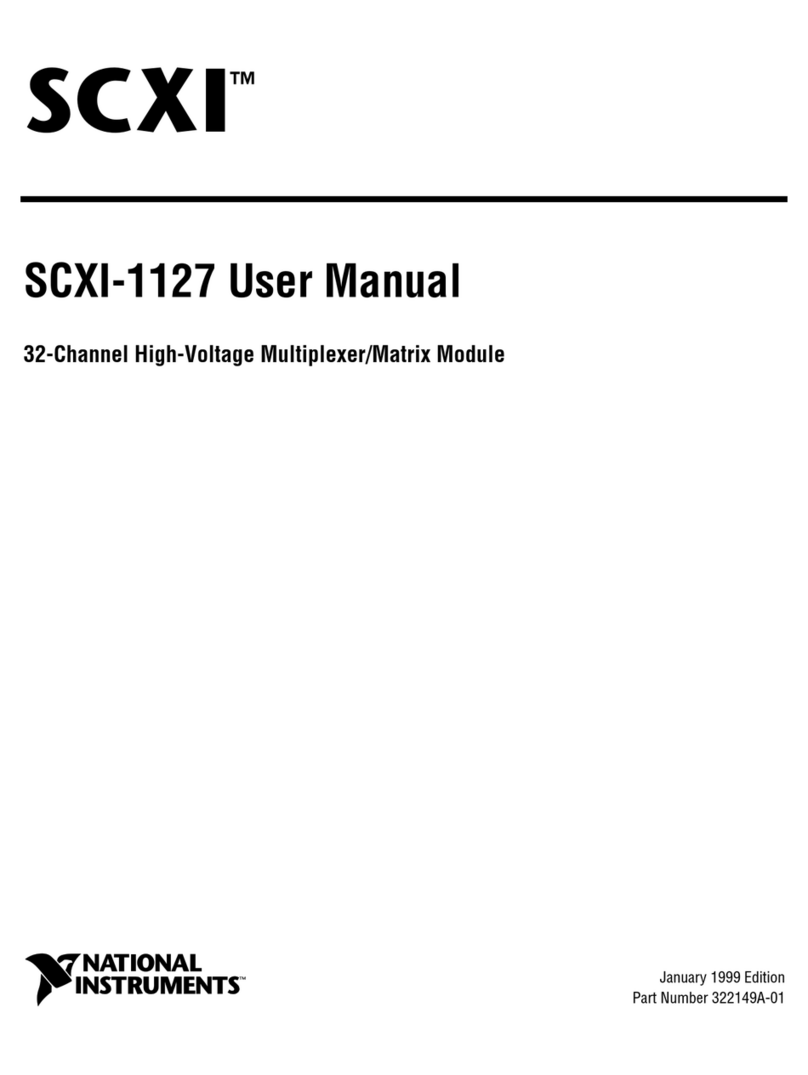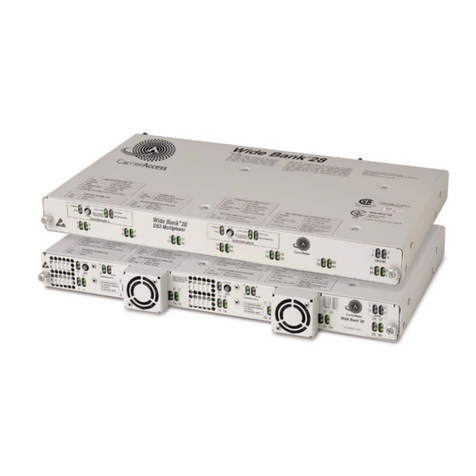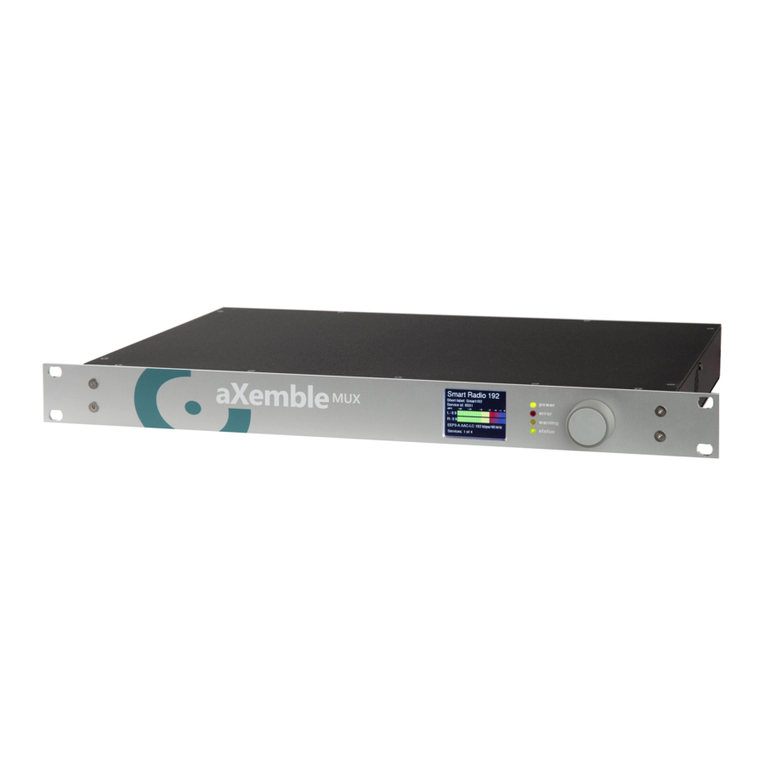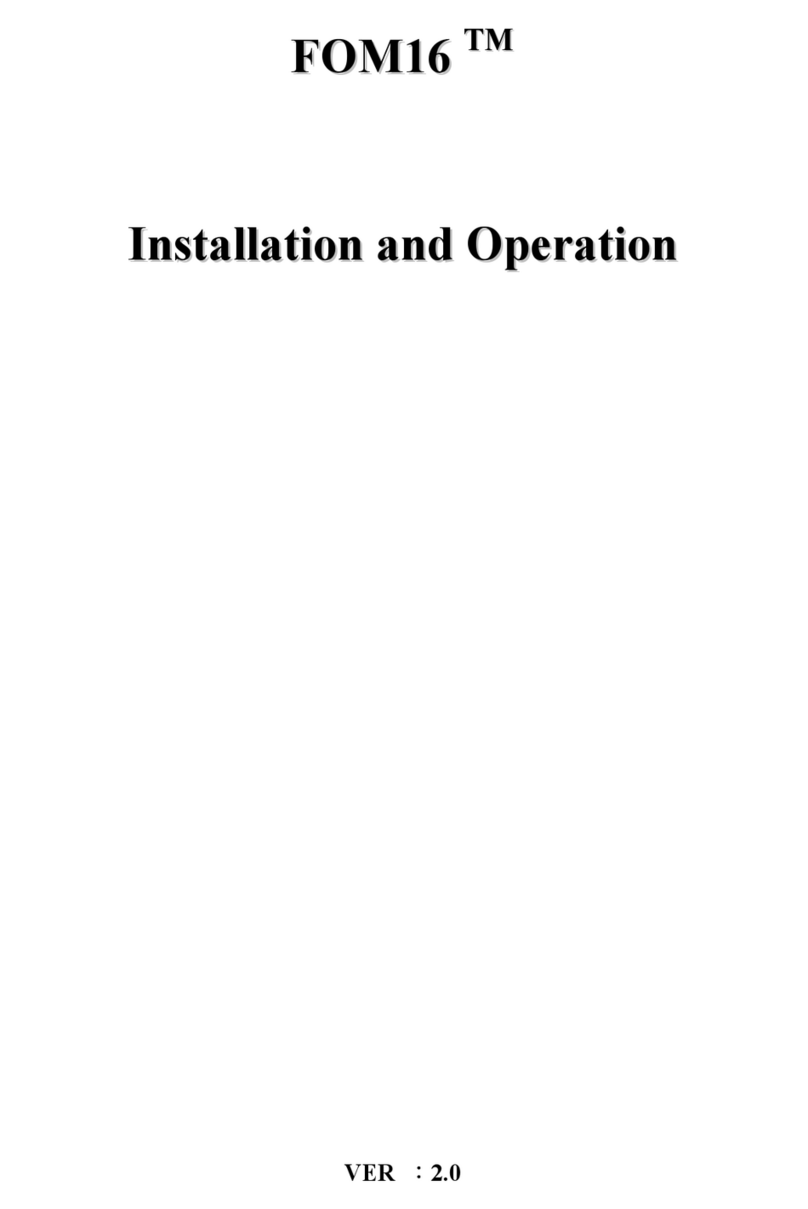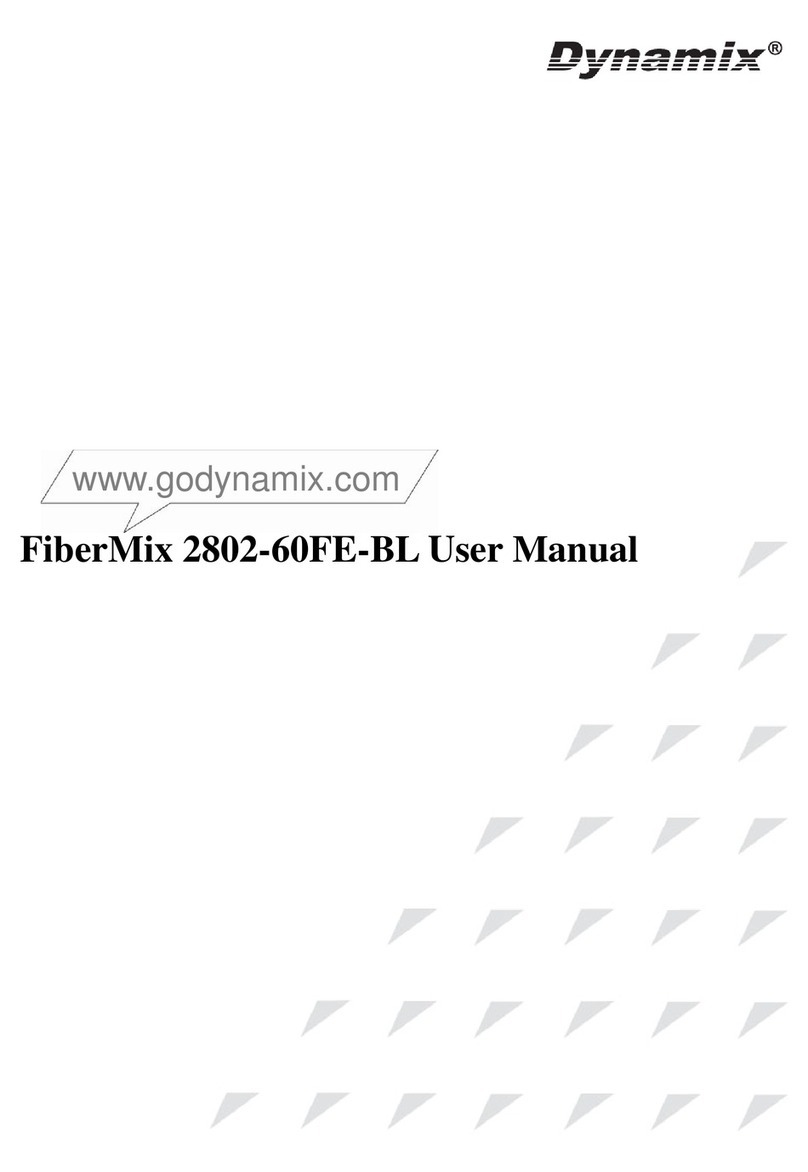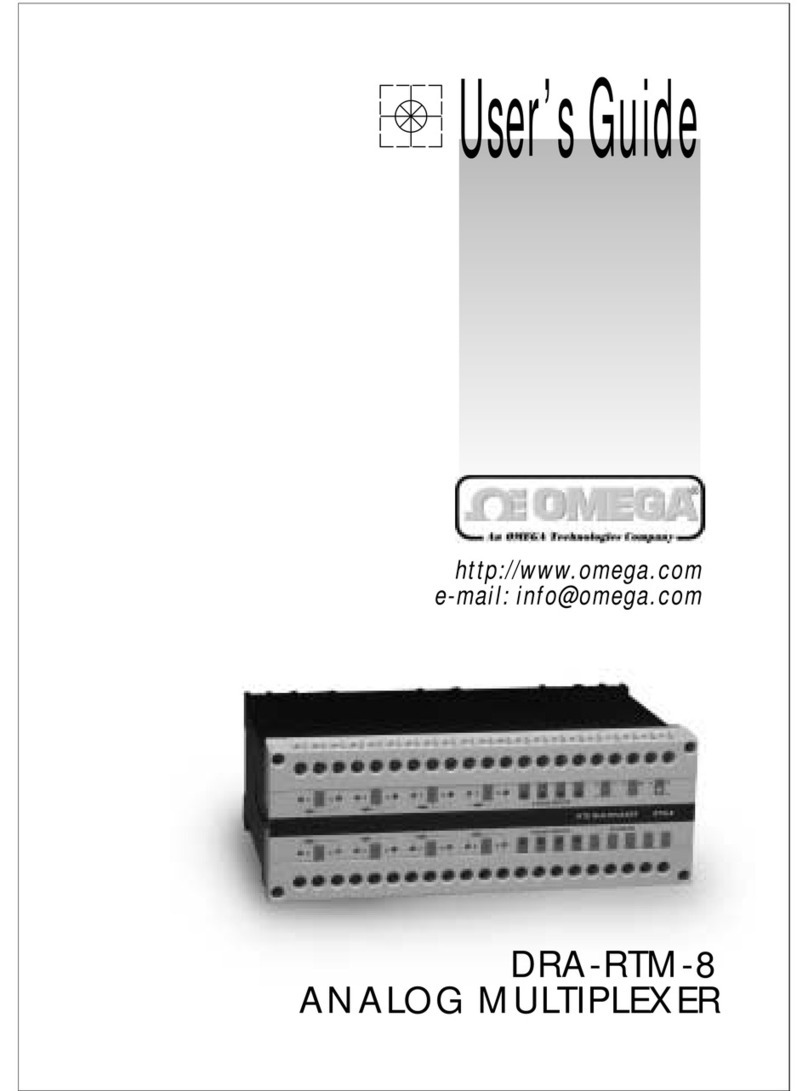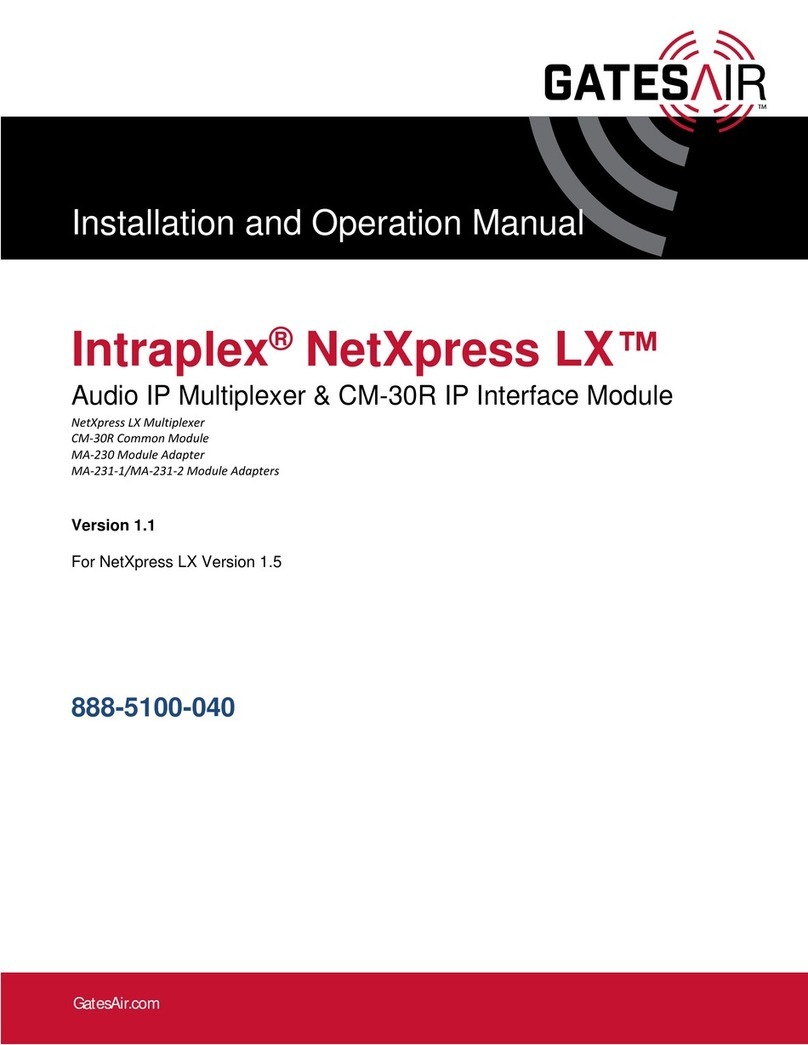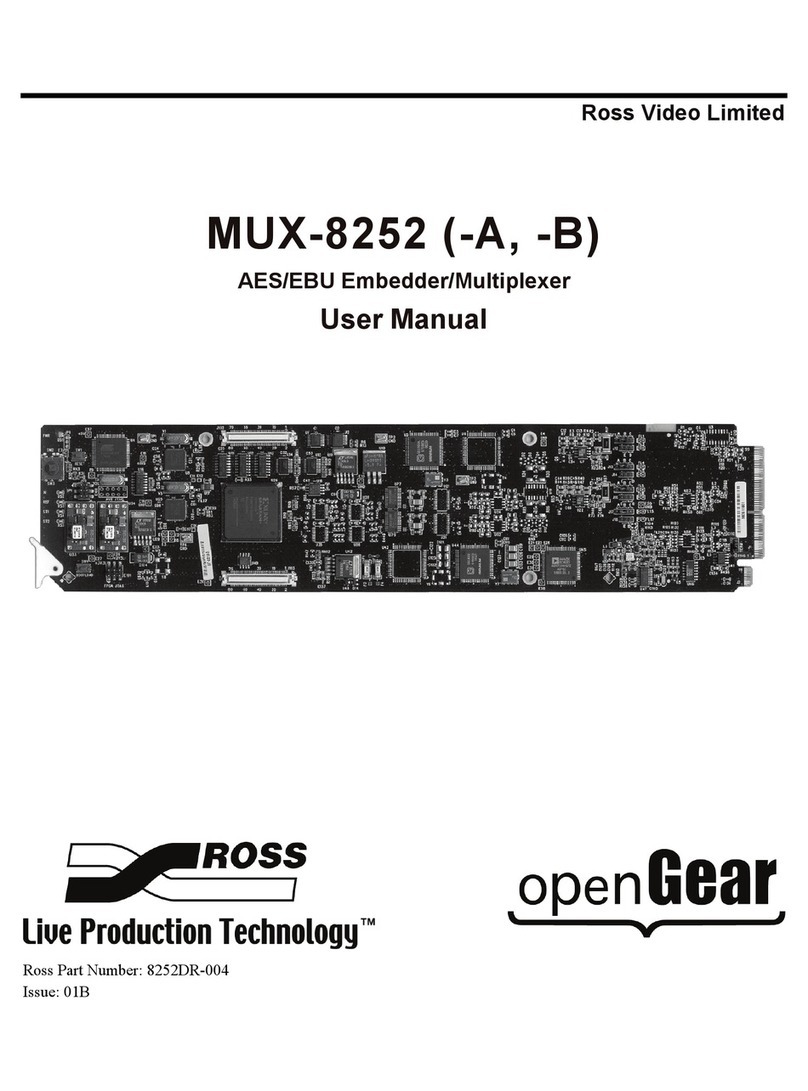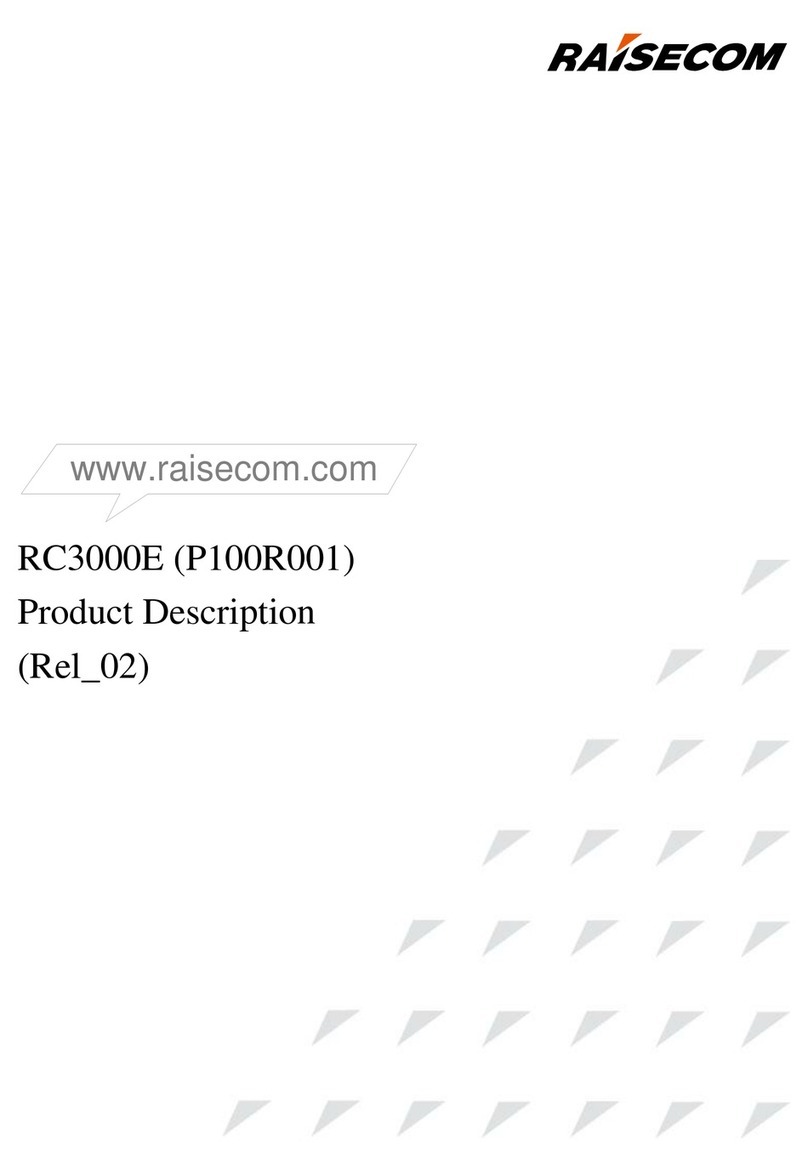Geoscan MPX15 User manual

1
Instruction Manual
MPX15
MULTIPLEXER
Instruction Manual Version 1.4
November 2002
c 1996-2002 Geoscan Research. All ri hts reserved.

2

3
MPX15 Addendum
Wiring Details
Wirin details for the Parallel Twin mode have been chan ed since earlier versions of this manual were issued.
New versions of fi ure 2-6, on pa es 2-9 (for new PA5 frames) and C-3 (for old style PA5 frames) are shown
in this manual. Wirin detail recommendations have also chan ed since white papers were issued in 2001 and
2002 concernin stripin problems with the Parallel Twin mode.
Procedure For C ecking Probe Configuration Wiring
You can easily check to see if you have the multiplex confi urations wired and orientated correctly. Set the
system up for takin your first measurement, with the frame and resistance meter in front of you. Press Enable
Lo and you will see a readin made with the first measurement pair, A1 / M1 if usin a Twin array. Unplu
the jumper lead for A1 and you should see an “HCR Open Cct” messa e (current probe). Reinsert that jumper
lead and next unplu the jumper lead for M1 and you should see “Over-ran e” messa e (potential probe) or a
readin that wanders up and down. Reinsert the jumper lead for M1. Next lo a complete cycle and delete just
the last readin usin the DEL key so you are now measurin A2 and M2 (for 2 multiplex cycles). A ain
repeat the process described above but this time apply it to A2 and M2. If there are more than two multiplex
cycles follow the same procedure and bear in mind you will be steppin back from the end of the cycle.
PA5 Probes
Probes for the PA5 system are now provided with a neoprene sleeve and rubber rommet to provide extra
protection a ainst moisture.
A 25mm len th of neoprene tubin is provided for the top of each probe. The tube internal diameter is sli htly
less than the diameter of the plastic at the base of the handwheel so should form a ti ht seal at this point. At the
other end it will compress a ainst the beam or win , enclosin the nylon and steel washers which have a
diameter less than the internal diameter of the neoprene.
A rubber rommet is provided for the bottom of each probe. This slides down the probe until it pushes a ainst
the steel nut at the base of the probe. It will form a ti ht seal with the probe since its internal diameter is
sli htly less than that of the probe. It’s diameter is about 25mm and thickness 8mm. When a white mud cap is
pushed into place this presses a ainst the rommet formin a seal.
Care and Maintainance
It is very important to look after and maintain the PA5 frame system to minimise measurement errors that can
occur, especially in wet weather conditions. These errors are most noticable when makin Parallel Twin
measurements and take the form of stripin in the data. This is discussed later on in the addendum. Please
observe the followin points :
• Always keep the system as clean and tidy as practicable since moisture and mud will inevitably cause
current leaka e problems and result in measurement errors. Dry equipment out thorou hly after use
and do not store in damp conditions (in much the same way you should do if you want to keep a
mountain bike in ood condition).
• If soil conditions are very salty then consider washin down and dryin equipment immediately after
use. Soils heavy with salts may cause more leaka e problems than “normal” soils, especially if caked
on.

4
• The central beam should be treated with a mix of linseed oil and white spirits every 6-12 months, (or
more often dependin on circumstances) – this will help to repel water and prevent waterlo in of
the central beam which can be a source of measurement errors.
• Always use the white mud caps and rommet to keep mud away from the probe mountin position
under the beam or win .
• Take special care to fit all the insulators as shown in the dia rams – if the metal probes conctact with
the wooden or metal win s potential leaka e current paths can be created which in turn can cause
measurement errors, especially in wet weather.
• Touch up any scratchin of paint on the win s to avoid any possible current trackin to or from
exposed metal.
• Ensure the bolts securin the handle to the beam (located underneath the beam) are still encapsulated
with plastic filler and rubberised sealant.
• When usin win s ensure the nylon bush and washer kit that insulates the struts from the handle has
not broken.
• If you experience stripin problems with Parallel Twin data you may wish to follow the practice of
some users who wrap heavy duty plastic sheetin around the beam system and seal it up with tape.
This is reported to reatly reduce or eliminate stripin problems, especially in older frames.
Striping Defects wit t e Parallel Twin Configuration
Even with ood care and maintainance, stripin can still occur with the Parallel Twin mode, usually in wet
conditions. Normally, all will be well when the weather is fine but after a short period of workin in rainy
conditions or in lon damp rass stripin will start to occur. Typically this is a low level phenomenon, about 2
ohms in ma nitude. Two example surveys illustrate this problem and show two different methods of dealin
with the error should it arise.
Method 1
An example of stripin can be seen in the survey opposite, fi ure 1. The first ima e is the raw data, and the
second shows the data after hi h pass filterin (X=10, Y=10, Wt=U) so the stripin is clearer. The survey is an
amal am of surveys made with Sin le Twin and 2 Parallel Twin (3 probe), with the stripin occurrin only
with the 2 Parallel Twin confi uration.
The data can be corrected usin standard Geoplot process routines applied to the complete composite. First the
data must be despiked and saved. Then apply a low pass filter across the saved data with X=10, Y=0,
Wt=Gaussian. Repeat the low pass filter 3 or 4 times and save this new data set. Low pass filtered data for the
raw data above (not the hi h pass filtered data set) is shown in fi ure 2. This new data set has effectively had
most archaeolo ical features smoothed out and retains just the back round eolo y and stripin defect due to
leaka e.
Next subtract this new data set from the ori inal despiked data set to effectively remove the stripin defect. You
can see from the results in fi ure 3 that all trace of the stripin has been removed. Note also that the data has
effectively been hi h pass filtered, thou h there are differences from the re ular hi h pass filtered data in that
localised features are more visible. Note that any archaeolo ical features that are parallel with the traverse
direction will be removed by this processin technique, so, dependin on their importance, you may need to use
the Cut and Combine function to temporarily store and preserve such features in a temporary composite and
then repaste them back in their ori inal positions after the above processin .

5
Figure 1. Striping Defect visible in raw and high pass filtered data.

6
Figure 2. Low pass filtered data used for correction of striping defect.
Figure 3. Data set with striping defect removed.

7
Method 2
A second example of the stripin defect can be seen in the survey below. Noise spikes and stripin defects
runnin from left to ri ht are visible, the latter especially so in the hi h resistance area to the ri ht. Mean is 57
ohms and standard deviation is 7.5 ohms.
The data can be corrected usin the followin approach. Firstly, to remove most of the spikes use Despike with
window radii of X=1, Y=1. A second Despike with X=2, Y=2 may help in some cases, as was the case here,
to ether with use of the Add function to remove stubborn spikes. The results of this operation is shown below.
Secondly, to remove the stripin , Low Pass Filter the data set usin window radii of X=3, Y=3,
wei htin =Gaussian and save that data with a new file name. Reload the despiked data set and Hi h Pass Filter
the data set usin window radii of X=10, Y=0 and wei htin =Gaussian. This will remove the stripin but also
any lar e scale archaeolo ical or eolo ical back round. To restore this, use the Cut and Combine function to
add the earlier saved Low Pass Filtered data set. The result is shown below, to ether with further despikin .

8
The processin approach described above has succeeded in reducin the stripin errors and noise spikes
substantially. Subtractin the final data set from ori inal shows the spikes and stripin errors removed – see
plot below.
You can see that the stripin error chan es in ma nitude over the site and increases in ma nitude over hi her
resistance areas - 1 ohm over most of the site but up to 10 ohms in the hi h resistance re ion. Even so, the
processin approach has succeeded in removin the majority of this error. You can see from the difference plot
that the restoration of the lar e scale back round chan es usin addition may have over increased the
ma nitude of the linear features runnin from top to bottom. Chan in the ma nitude of the low pass filtered
data set to between 70% and 100% before addition would help reduce this effect. Also, in some situations a
wider low pass filter window may produce better results, especially where the back round features are
extensive.
Note that any archaeolo ical features that are parallel with the traverse direction may be removed by this
processin technique, so, dependin on their importance, you may need to use the Cut and Combine function to
temporarily store and preserve such features in a temporary composite and then repaste them back in their
ori inal positions after the above processin .
Table of contents
Popular Multiplexer manuals by other brands
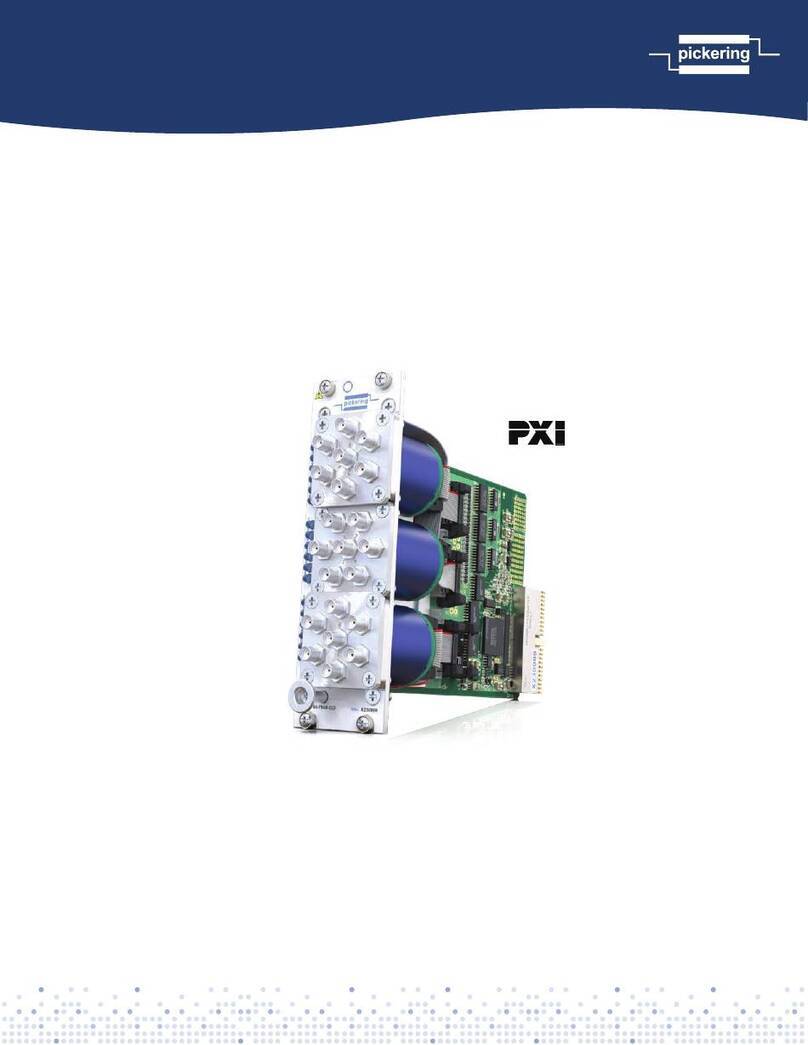
Pickering
Pickering 4 784B Series user manual
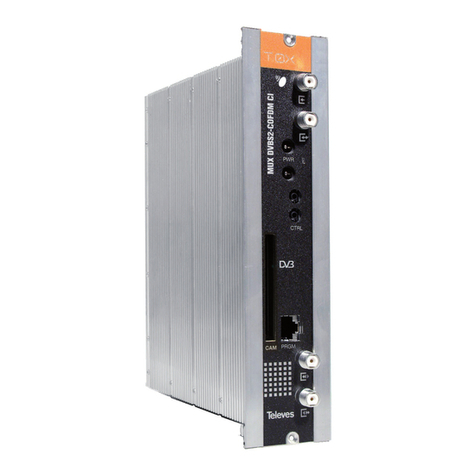
Televes
Televes T.0X Series quick guide
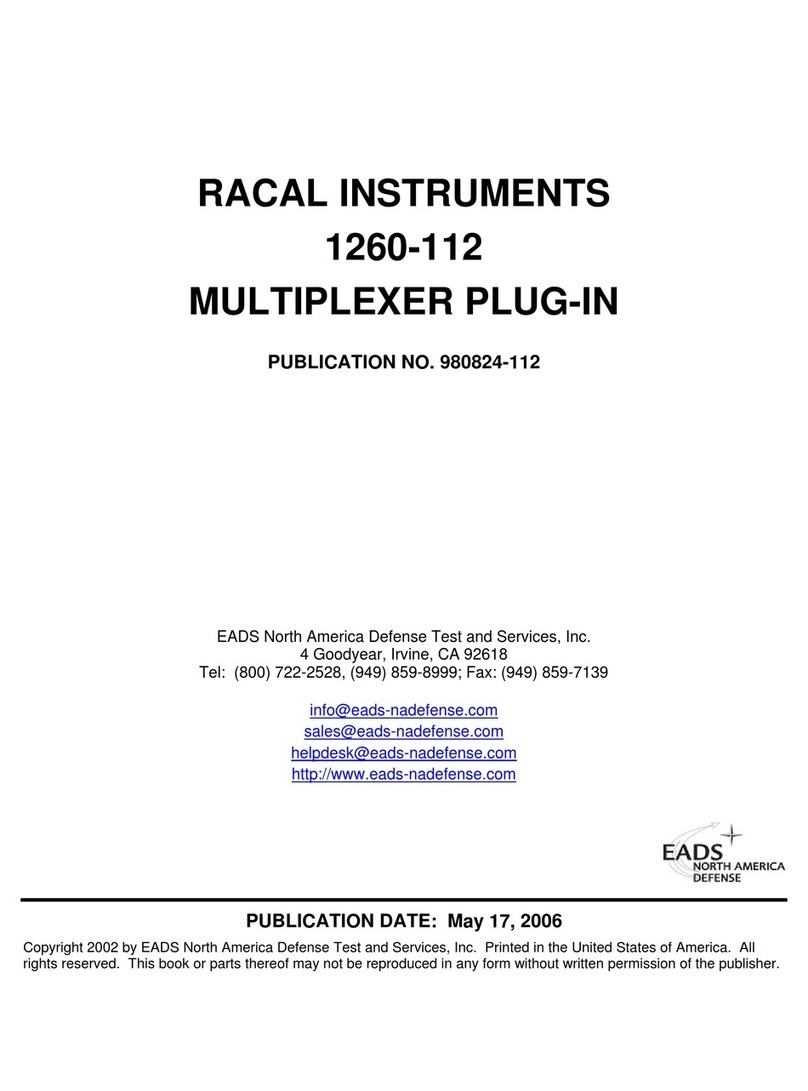
Racal Instruments
Racal Instruments 1260-112 user manual
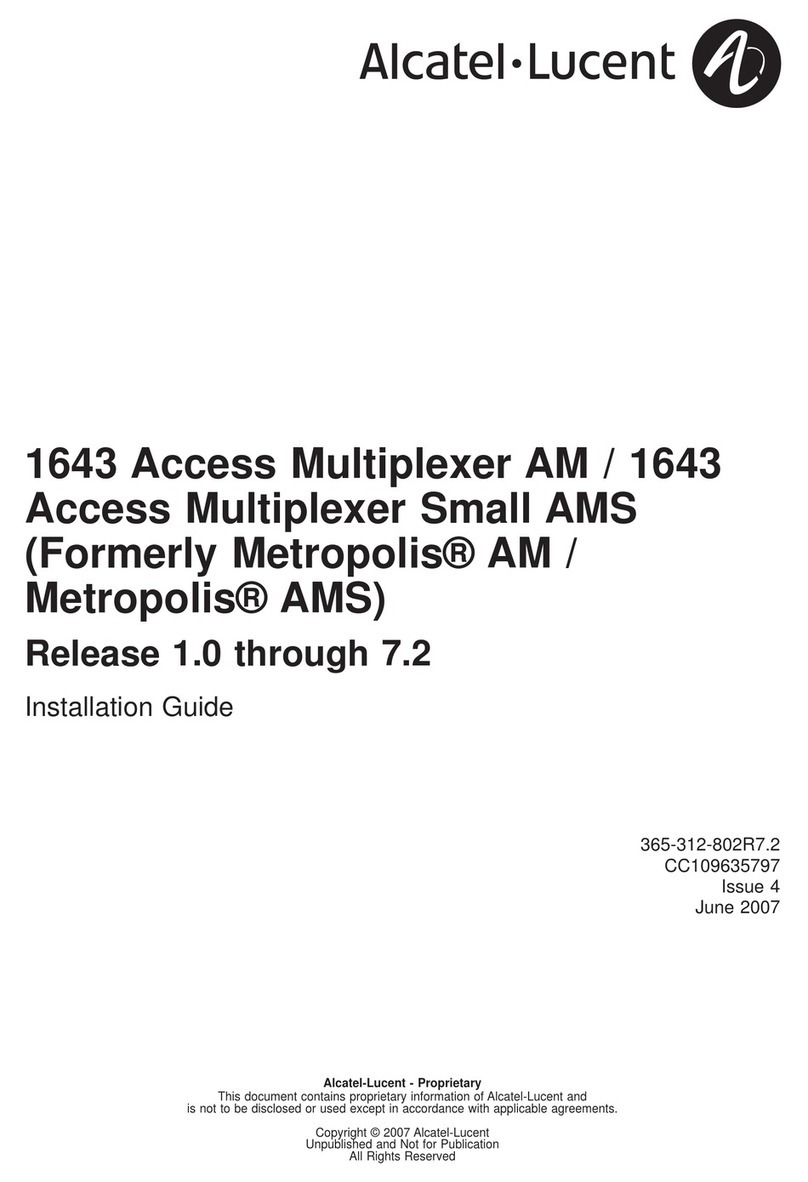
Alcatel-Lucent
Alcatel-Lucent 1643 AMS installation guide
Vicon
Vicon AURORA 2000 quick guide
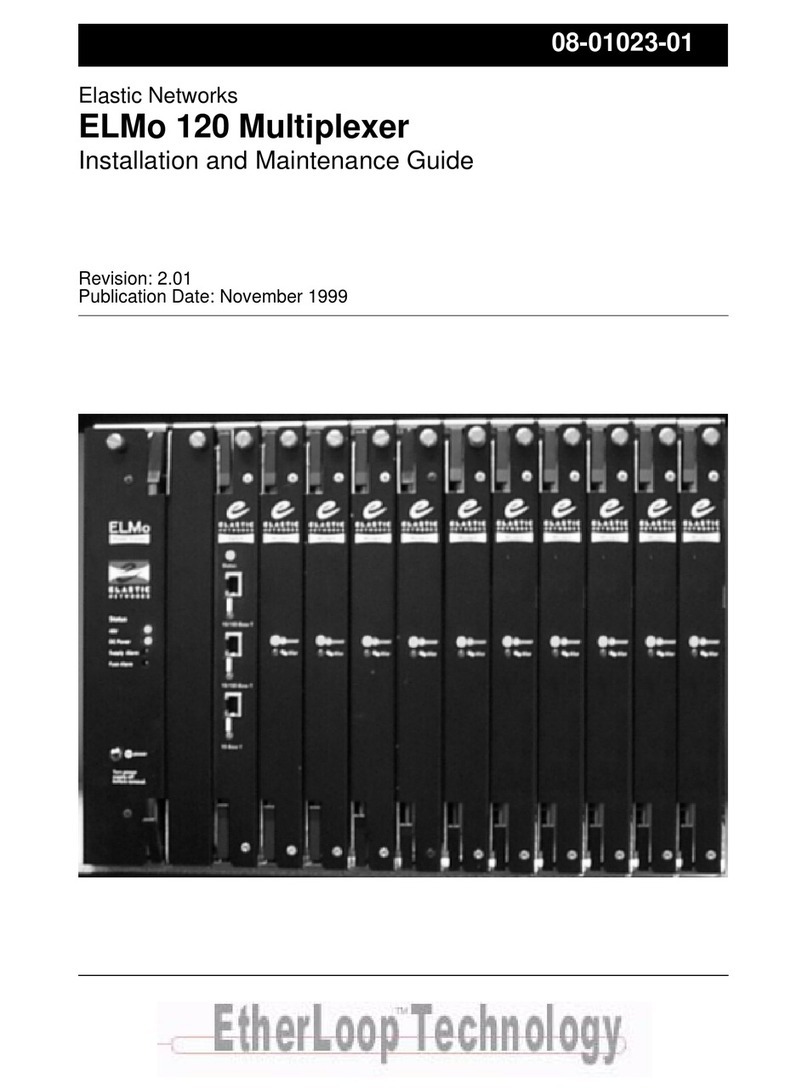
Elastic Networks
Elastic Networks ELMo 120 Installation and maintenance guide
